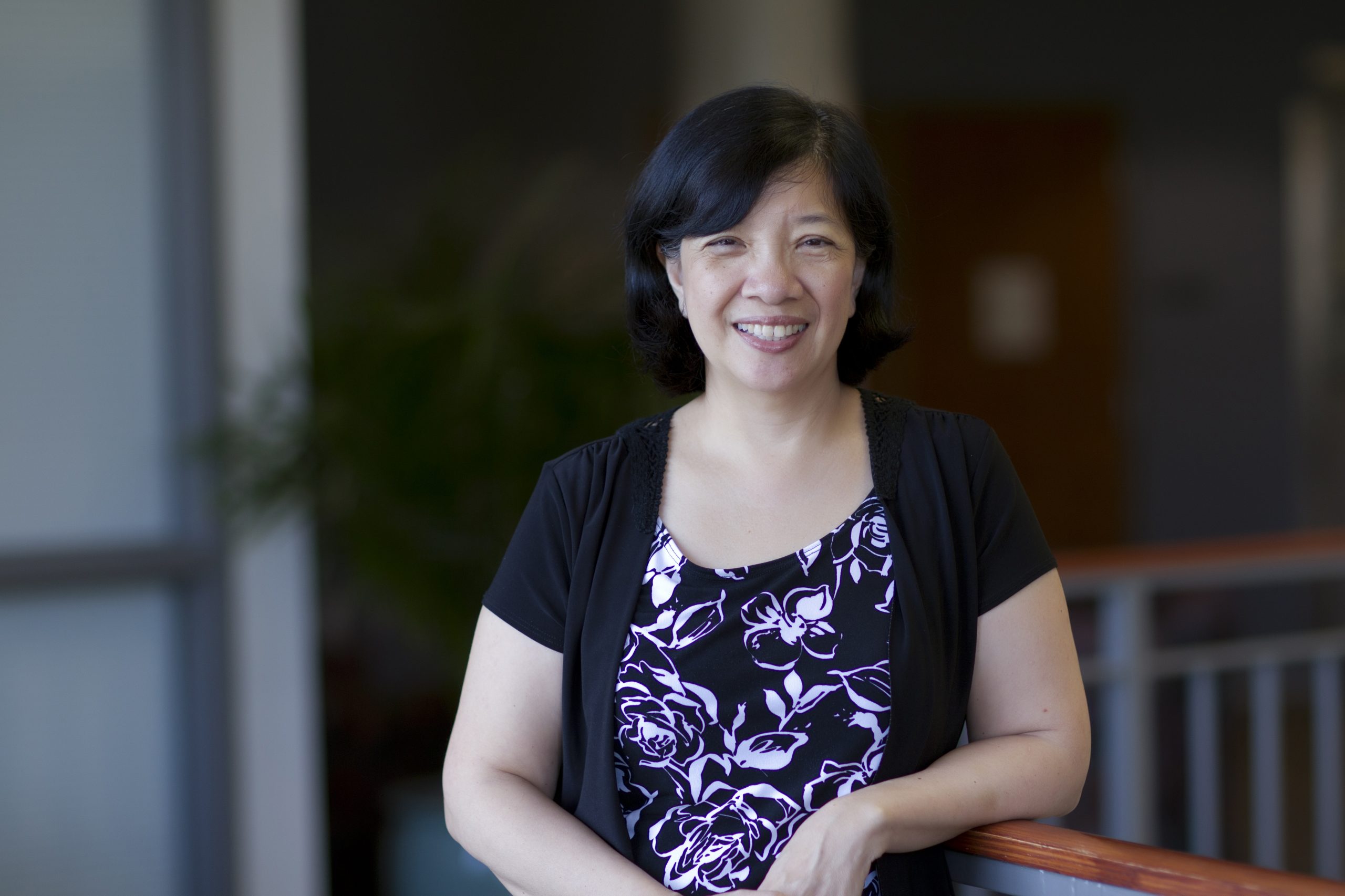Researchers at UNC Lineberger Comprehensive Cancer Center have found a possible way to overcome barriers that block effective anti-cancer immune responses, thereby opening the potential for more effective immunotherapies in people.
The findings are published in Nature.
An unfavorable immune environment immediately surrounding a tumor cell is a major obstacle in using immunotherapy to treat many solid tumors, especially pancreatic and breast cancer, as the suppressive environment can block immune responses that could be helpful in attacking a tumor. One protein, the STimulator of INterferon Genes (STING), has the promise of powerfully provoking multiple parts of the immune system and breaking established barriers.

“Although activating the immune system to control malignant tumors has revolutionized cancer treatment, a sizable portion of patients do not respond to immunotherapy treatments. However, new drugs that target STING have been a high priority for pharmaceutical development yet clinical trials have revealed significant tumor resistance to STING-directed drugs,” said UNC Lineberger’s Jenny PY Ting, PhD, the William R. Kenan Professor of Genetics and professor of microbiology and immunology at the UNC School of Medicine.
“Clinically, to improve the effectiveness of STING-targeted drugs, we need to more deeply understand how these drugs influence different immune cells in the tumor because the beneficial effects of STING on immunity may be outweighed by its unintended immune-suppressive effect,” said Ting, the paper’s co-corresponding author and director of the Center for Translational Immunology at UNC.
The investigators primarily focused on pre-clinical models of pancreatic cancer as the disease has a five-year survival rate of only 10% in people and there are few treatment options. They also expanded the study to other solid tumors, including melanoma, triple-negative breast cancer and lung cancer. Importantly, what they observed in pancreatic cancer is broadly applicable to these additional cancers.
In their studies, the researchers made the surprising finding that activators of STING increased the number of regulatory B cells, a type of a white blood cell. Regulatory B cells suppress, rather than increase, anti-cancer immunity and thus would be a hindrance in tumor immunotherapy. They further showed that these cells secrete interleukin-35 (IL-35), an immunosuppressive molecule that impairs anti-tumor immunity. STING-activated IL-35 production in regulatory B cells was also found in B lymphocytes from pancreatic cancer patients, underscoring the potential relevance of these findings to humans. In mouse models, by pairing drugs that activate STING along with antibodies that block IL-35, the researchers achieved a significant reduction of tumor growth compared to using just a STING activator or IL-35 antibody alone.

“IL-35 production can result in multiprong immunosuppression which is a hallmark of treatment-resistant cancers, such as pancreatic cancer. Our study revealed that activation of STING can be one such trigger,” said Yuliya Pylayeva-Gupta, PhD, an associate professor of genetics and co-corresponding author.
The study further showed that the main route by which IL-35 impedes anti-tumor response is by suppressing the growth of natural killer cells, which are immune cells that can kill tumor cells. “Previous research indicated that a STING-triggered response may be critical for anti-tumor natural killer cell function,” said Sirui Li, PhD, a post-doc in Ting’s lab at UNC Lineberger and co-first author of the article. “But our finding provides a previously unappreciated counter-scenario whereby a STING activator induces B regulatory cells to secrete IL-35, which reduces the number of natural killer cells, thereby suppressing an anti-tumor response.”
“IL-35 dictates the STING-triggered response and maintains the critical balance between pro-tumor B cells and anti-tumor natural killer cell responses,” said Bhalchandra Mirlekar, PhD, a co-first author and former postdoc in Pylayeva-Gupta’s lab.
The researchers have submitted a patent application for the dual therapy. Their next steps are to clarify if the experimental combination therapy targeting STING and IL-35 will benefit people.
Authors and disclosures
In addition to Ting, Pylayeva-Gupta, Li, and Mirlekar, the paper’s other UNC authors are Brandon M. Johnson, PhD, W. June Brickey, PhD, John A. Wrobel, PhD, Dingka Song, PhD, Sarah Entwistle, Xianming Tan, PhD, Meng Deng, DDS, PhD, and Benjamin G. Vincent, MD. Additional authors include Na Yang, PhD, National Institute on Aging, Bethesda, MD; Ya Cui, PhD, and Wei Li, PhD, University of California, Irvine; and Michael Gale, Jr., PhD, University of Washington, Seattle.
This work was supported by grants from the National Institutes of Health (R35-CA232109, RO1-AI029564, U19-AI067798, R37-CA230786 and 1P50CA196510-01A1); University Cancer Research Fund; North Carolina Biotechnology Center; NIH National Heart, Lung, and Blood Institute (T32NHLBI7106-39); and the NIH National Institute of Allergy and Infectious Diseases (AI100625).
Human pancreatic cancer B cells were provided by William Hawkins, MD, FACS, and Ryan Fields, MD, at Washington University, St Louis.
The authors declared having no conflicts of interest.
